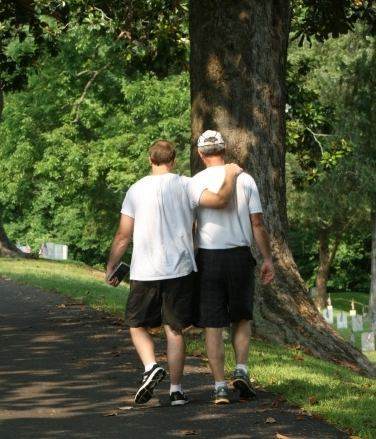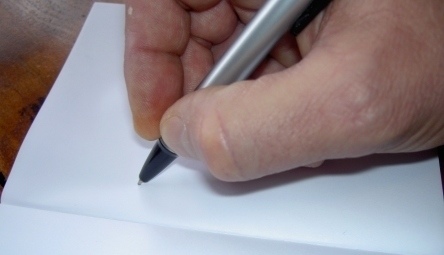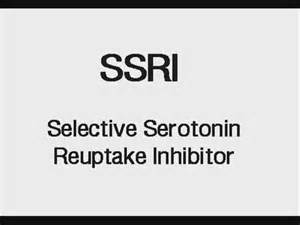Current Treatment Methods for Dermatillomania
Online test
Find out the severity of your symptoms with this free online test
Dermatillomania, or compulsive skin-picking, can be devastating not only to the person suffering from it, but also to their close friends, loved ones, and families. Many people with dermatillomania are not even aware that they have a clinical diagnosis, despite experiencing significant distress as a result of the scars left behind. Dermatillomania can cause people to withdraw from society, affect performance at work or in school, and lead to isolation from family and friends. Dermatillomania is typically a very private condition, with sufferers going to great lengths to hide their habits, often never seeking treatment. However, once the individual is aware there is a problem, there are treatment methods available to help people with the condition find relief.
Online Test for Skin Picking
How Severe is Your Picking Disorder? Find Out With This Free Online Test
Take the testCognitive Behavioural Therapy
Most experts agree that the most effective way to treat dermatillomania is through Cognitive Behavioral Therapy, also known as CBT. Cognitive Behavioral Therapy focuses on making the patient aware of what they are doing and why they are doing it, as well as providing effective means to find positive alternatives to the harmful actions. Two of the ways that CBT works with dermatillomania specifically is through Habit-Reversal Training (HRT), as well as Mindfulness Based CBT.
Habit Reversal Training
In HRT, the patient is asked to thoroughly examine their own habits and rituals related to skin picking: what feelings come with the urge to pick, what feelings come during the picking ritual, and what are the feelings afterwards? Besides the feelings involved, there can be considerable significance to the times, tools, and locations on the body where picking occurs. Patients are often asked to keep a diary and log all of their skin picking rituals as they happen; by looking over exactly when, where, and why you pick your skin every day, unconscious patterns and habits may reveal themselves. Knowing these patterns is the best way to learn how to break them. Since dermatillomania can often happen unconsciously, Following this the individual is assisted to find competing behaviours or used mechanisms to prevent them from engaging in picking such as wearing gloves that make it hard for the person to pick their skin without realizing it, playing with a fidget toys.
Stimulus Control
Stimulus Control is another type of therapeutic conditioning that has proved successful with dermatillomania. In Stimulus Control therapy, the “triggers” for skin picking are identified and practical solutions are found to help the patient avoid those triggers in the future. For example, if a trigger for skin-picking includes examining one’s face too closely in the bathroom mirror, it might behoove the patient to fog their mirror or maintain an adequate distance from the mirror. If boredom is a triggering factor, the patient should make a concentrated effort to stay busy throughout the day. By reducing the presence of triggers, the patient can slowly break the habit of skin-picking. Stimulus Control therapy works best when used in conjunction with other therapy.
Mindfulness
In Mindfulness Based CBT, the overlying premise is that our natural response is to turn to unconscious rituals and behaviors as a way to avoid any undesirable feelings or thoughts. Instead of accepting unwanted feelings as part of the human experience and allowing ourselves to feel them, we turn to behaviors like skin-picking to avoid them. Mindfulness Based CBT aims to teach patients how to allow themselves to feel unpleasant emotions and cope with them in a healthy way.

Programs that harness CBT
CBT offers a number of positive means by which people suffering from dermatillomania can overcome their desire to pick at their skin. Much of it has to do with re-affirming that the urge to pick can be avoided – a therapist may ask a patient to avoid picking at any new bumps or blemishes for 24 hours. After the 24 hours, the patient can pick at it if they desire. The purpose of such an exercise it to prove that picking is, in fact, a choice, and can be resisted if the patient desires to resist it. Writing in a journal or talking about the feelings one is experiencing when resisting the desire to pick can also be a huge benefit, allowing the patient to find ways to deal with their emotions positively, rather than negatively. Simply by being aware of the mental states associated with the urge to pick can allow some people to begin finding constructive ways of dealing with those states. For those who find it uncomfortable to speak to a therapist or are not able to access face-to-face therapy, there are skype-based and text-based therapy programs available like the one offered on this site.
Medication
While there is currently no medication that specifically targets dermatillomania, medications for other disorders have shown to help reduce the urge to pick skin. Since dermatillomania is often, if not almost always, accompanied by another mental health issue like depression, anxiety, and OCD, the use of medication can help attack multiple causes of dermatillomania. SSRIs, or Selective Serotonin Reuptake Inhibitors, are among the most popular medications prescribed for treating dermatillomania as well as depression. SSRIs work by altering the way your brain absorbs serotonin, a hormone heavily associated with feelings of well-being. Common SSRIs include Celexa, Prozac, Zoloft, and Paxil. Not all medications work the same for all people; it is common to have to try several different types of medication, or different dosages of the same medication, before seeing any results. For some people, medication simply doesn’t do the trick. Medication should always be taken under the guidance of a psychiatrist, and will be most effective when the patient also undergoes therapy treatments. N-acetyl cysteine, which comes from the amino acid L-cysteine relationship is also found to be effective due to its relationship with levels of glutamate in a certain part of the brain, is believed to make it easier for patients to decrease unwanted behaviour.
Alternative Therapies
Alternative therapies for dermatillomania can include diet, hypnosis, and meditation, among others. Diet can play a huge role in mental health and a high-vitamin, vegetable-based diet can help your body recover from the damage of skin picking as well as reduce itching and other physical symptoms that can aggravate dermatillomania. Having wholesome, nutrient-rich food can also help lessen the symptoms of depression, anxiety, and other major dermatillomania triggers. Hypnosis can be beneficial as well; as with weight-loss or quitting smoking, hypnosis can help sufferers enter a relaxed, trance-like state that will reduce stress while guidance from a professional helps the sufferer learn to resist the urge to pick at their skin. Meditation has similar effects, reducing stress while allowing for inner reflection that can help illuminate the causes and, possibly, solutions to skin picking.
Hope for the Future
While there is still much to be learned about this disorder, increased awareness and diagnosis means that there is more interest from the medical research fraternity. The hope is that as awareness for thiscondition grows, so too will the development of treatment options. If you or a loved one is struggling with dermatillomania it is advisable to seek out professionals who are experts in the field via websites like this one and the Trichotillomania Learning Centre.
Online test
Find out the severity of your symptoms with this free online test
Start your journey with SkinPick
Take control of your life and find freedom from skin picking through professional therapy and evidence-based behavioral techniques.
Start Now



